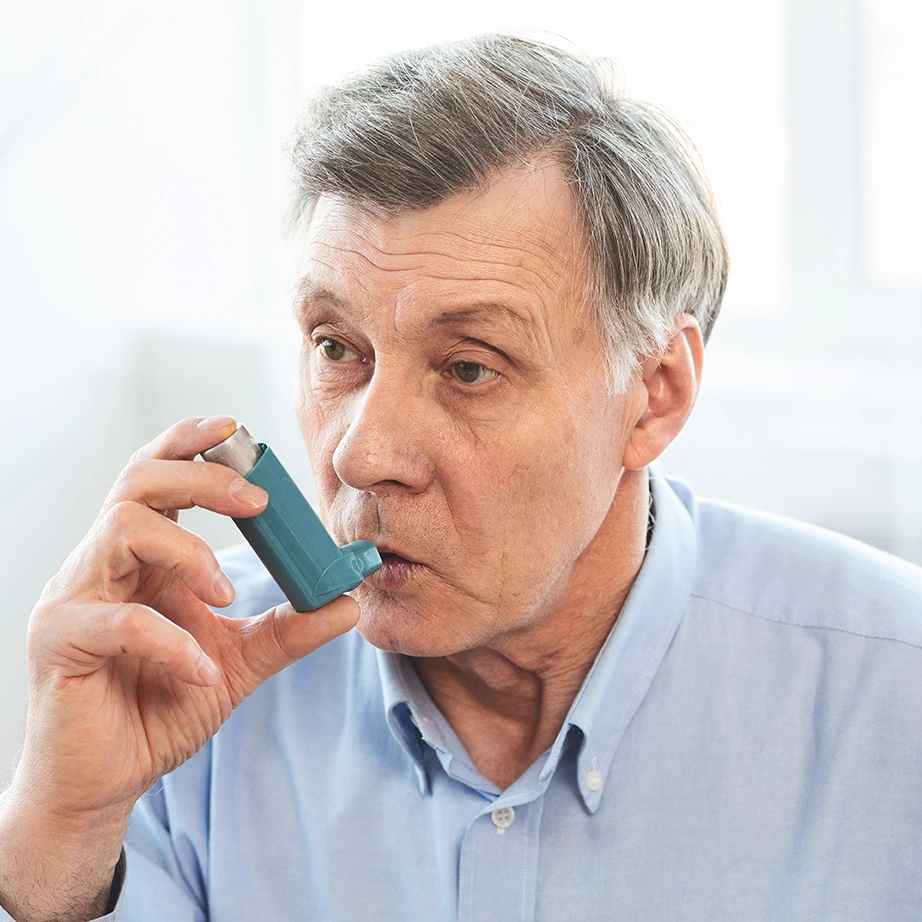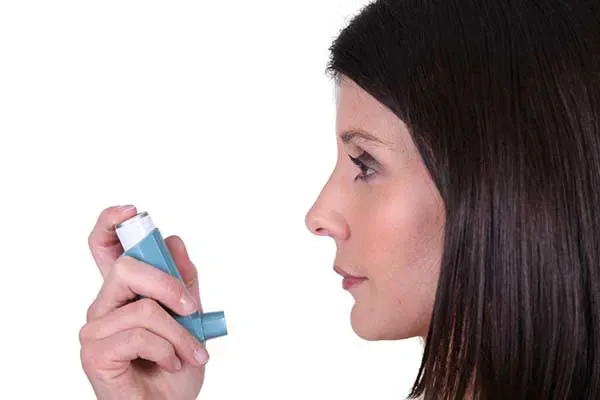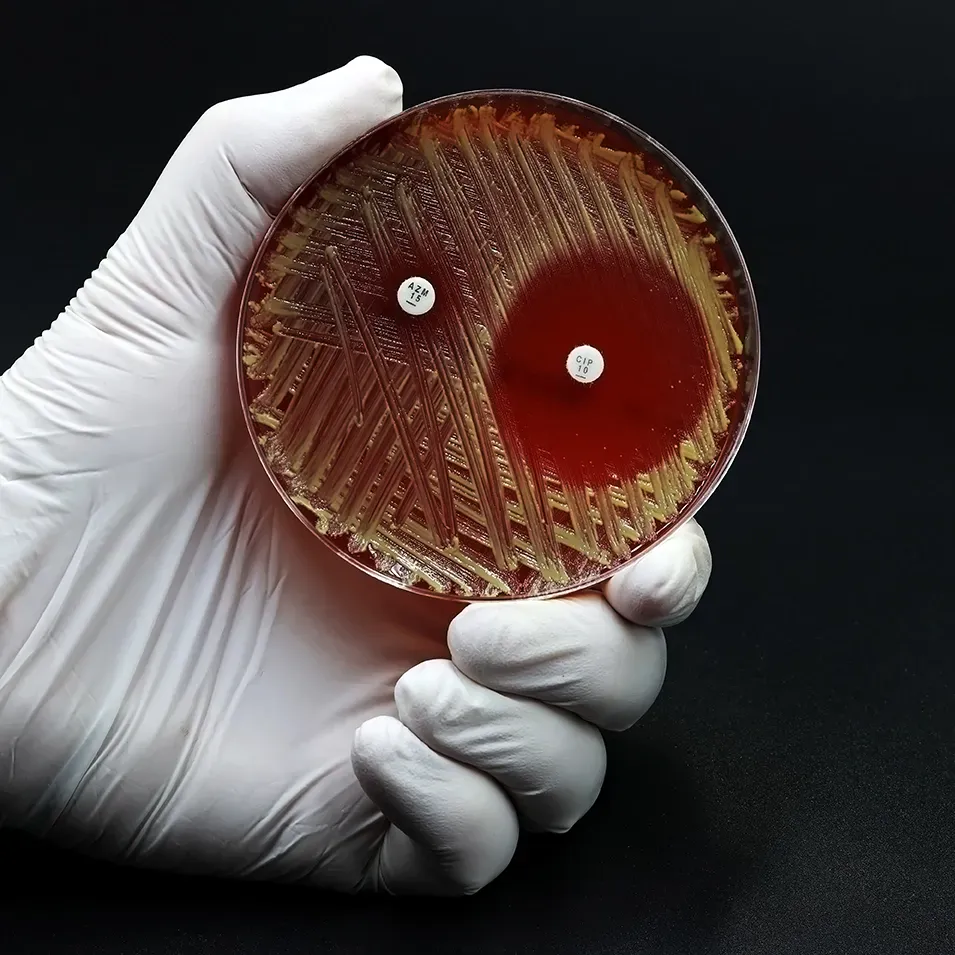Symptom Control and Quality of Life with As-Needed Fluticasone Furoate as Compared to Regular Use in Persistent Perennial Allergic Rhinitis
15 Jul, 21
Introduction
Intranasal corticosteroid (INCS) has been the mainstay in the treatment of moderate to severe perennial allergic rhinitis (PAR). However, adherence to medication is a challenge and patients often use medications when the symptoms are not well-controlled. Studies have demonstrated reduction in nasal symptoms and inflammation with as-needed INCS in seasonal AR (SAR). The as-needed use of INCS in PAR has not been clearly elucidated.
Aim
The efficacy of 6-week treatment with as-needed fluticasone furoate (FF) nasal spray has been compared to regular daily use in patients with moderate to severe PAR.
Method
Study Design
- Randomized controlled trial (RCT)
Patient Profile
- Patients aged >18 years with moderate to severe persistent PAR.
- Total Nasal Symptom Score (TNSS)>6 for at least 3 days within 7 days before randomization.
Treatment Strategy
- The cohort was randomized into 2 groups:
- FF-as-needed group received FF nasal spray, (27.5 ?g) 2 sprays once daily for 1 week, followed by as-needed use for 5 more weeks.
- FF-regular group received FF 2 sprays once daily for 6 weeks.
- The patients recorded TNSS in their diaries and measured Nasal peak inspiratory flow (NPIF) twice a day.
- The patients were reviewed during their follow up visits scheduled on weeks 1, 4 and 6.
End Points
Primary Endpoint
- Mean change from baseline in TNSS
Secondary Endpoints
- Individual nasal symptom score
- Rhinoconjunctivitis Quality of Life Questionnaire (RCQ-36) score
- NPIF
- Cumulative dose of FF
- Adverse events (AEs)
Results
- The study was completed by 51 and 52 patients in the FF-as-needed and FF-regular groups, respectively.
- There was no significant difference in mean change in TNSS between the 2 groups at week 6 (1.21 points; p = 0.066).
- The FF-regular group demonstrated progressive improvement in TNSS from baseline and reached a maximum benefit at week 4, which was sustained throughout the study.
- The TNSS plateaued at week 4 and then became worse at week 6 in the FF-as-needed group.
- The FF-regular group had a better improvement in NPIF compared to the FF-as-needed group at week 6 (-19.21 L/min; p = 0.009).
- The RCQ-36 score was similar among the groups.
- The FF-as-needed group had a lower mean cumulative FF dose (51%) than the FF-regular group.
- Acute coryza was the most common AE seen in 9.8% and 15.4% in FF-as-needed and FF-regular groups respectively, followed by acne in 2% and 7.7% respectively.
- None of the patients reported any serious AE.
Conclusions
- The efficacy of as-needed fluticasone furoate (FF) in terms of nasal symptoms and quality of life was similar to the regular use of FF in patients with moderate to severe persistent perennial allergic rhinitis.
- Although the cumulative dose of intranasal corticosteroid in the FF-as-needed group was half as compared to the FF-regular group, the symptom control was probably less sustained throughout the 6 weeks of treatment.
J Allergy Clin Immunol Pract. 2021 Mar;9(3):1365-1373.e6. Doi: 10.1016/j.jaip.2020.09.057.










